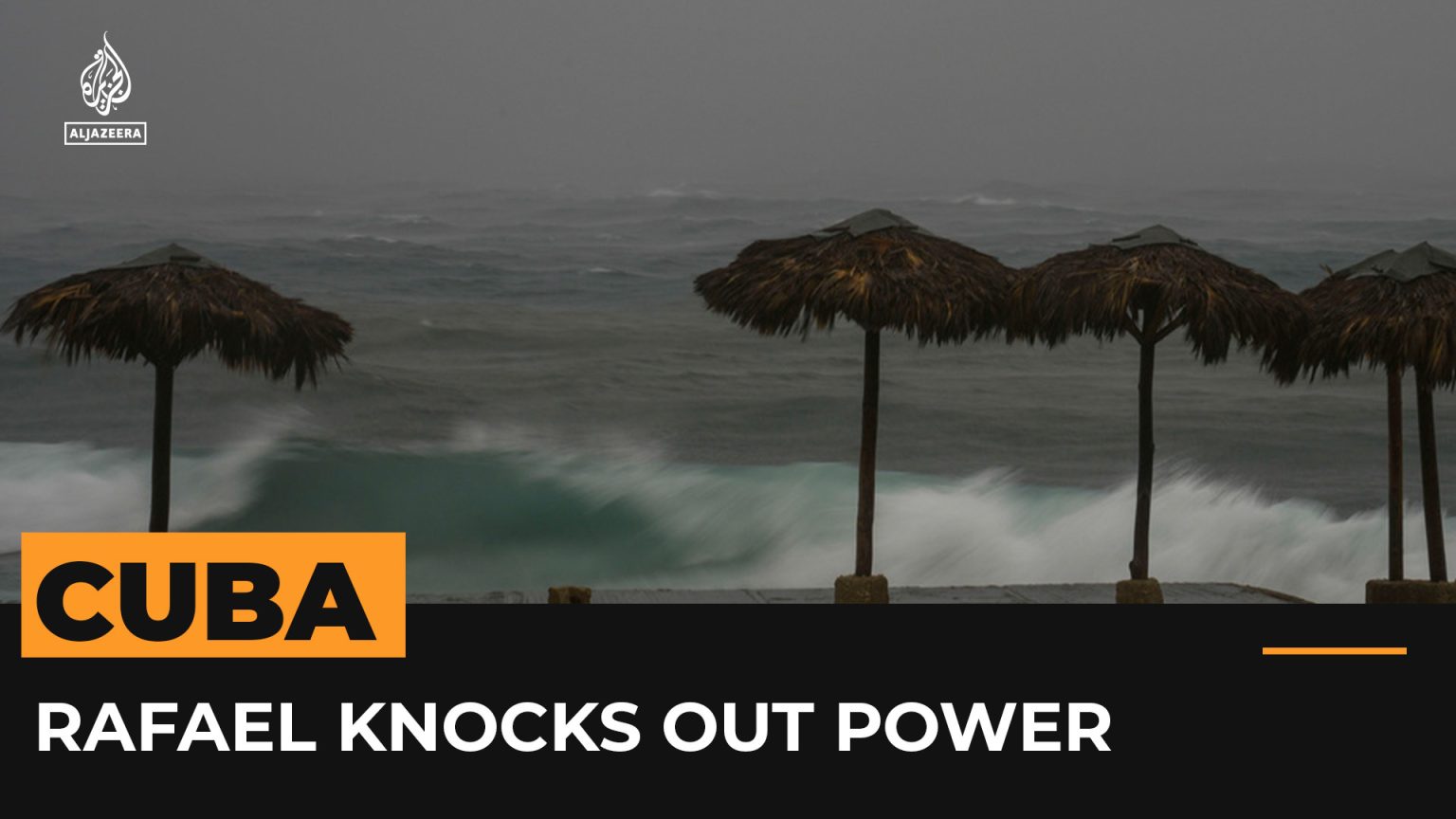Hurricane Rafael made landfall in southwest Cuba as a Category 3 storm, bringing winds of up to 115 mph and causing widespread damage to the country’s electrical grid. The National Hurricane Center issued warnings of a “life-threatening storm surge, damaging winds, and flash floods” across western Cuba, urging residents to take necessary precautions and seek shelter. The storm left a path of destruction in its wake, leaving many homes and businesses without power and causing significant disruptions to daily life in the affected areas.
As Hurricane Rafael continued to move across the region, concerns grew about its potential impact on nearby communities and the potential for further damage. The storm’s strong winds and heavy rain posed a significant threat to coastal areas, with the potential for flooding and landslides in vulnerable areas. Residents were advised to stay indoors and avoid unnecessary travel until the storm had passed, to minimize the risk of injury or harm.
Emergency response teams worked around the clock to assess the damage caused by Hurricane Rafael and provide assistance to those in need. Rescue efforts were launched to help those trapped by floodwaters or debris, and shelters were set up to accommodate displaced residents. The government issued advisories to keep residents informed about the storm’s progress and urged them to stay alert and follow safety guidelines to protect themselves and their families.
In the aftermath of Hurricane Rafael, communities in southwest Cuba began the long process of recovery and rebuilding. Damage assessments were conducted to determine the extent of the destruction and identify areas in need of assistance. Relief efforts were organized to provide food, water, and other necessities to those affected by the storm, while volunteers worked to clear debris and restore essential services.
The impact of Hurricane Rafael on southwest Cuba highlighted the importance of preparedness and resilience in the face of natural disasters. The storm served as a reminder of the need for proactive measures to protect lives and property in vulnerable communities, including early warning systems, evacuation plans, and emergency response coordination. As the region worked to recover from the devastation caused by the storm, efforts were made to strengthen infrastructure and improve disaster preparedness to minimize the impact of future events.
Overall, Hurricane Rafael’s impact on southwest Cuba was significant, causing widespread damage and disrupting the lives of residents in the affected areas. The storm served as a reminder of the power and unpredictability of nature, and the importance of being prepared for emergencies. In the aftermath of the storm, communities came together to support one another and rebuild, demonstrating resilience in the face of adversity.


